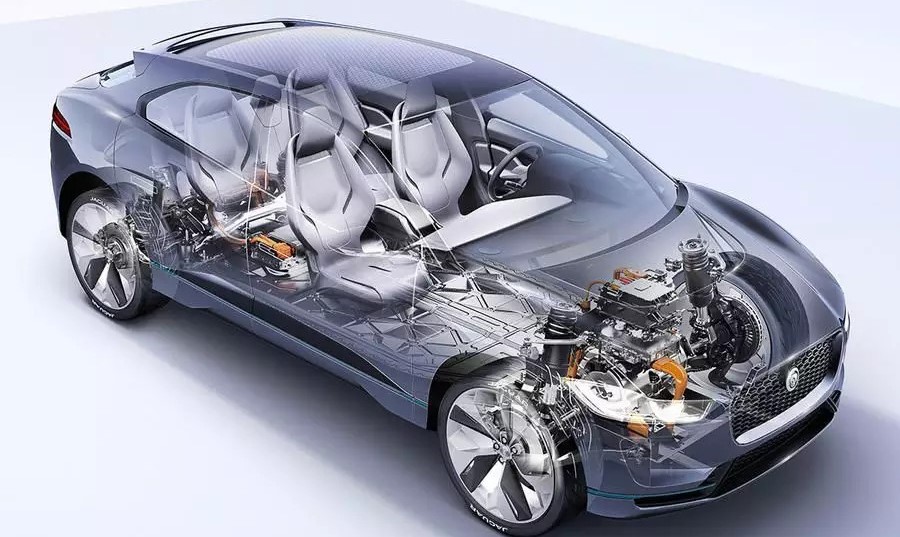Jaguar defeated Tesla’s Model X in a recent competition of I-PACE and Model X
Who would have thought that Jaguar would be the first luxury brand to challenge Tesla? And they came directly for Tesla. Jaguar organized a competition between I-PACE and Model X, with Model X 75D in the first round, Model X 100D in the second round, and ultimately, I-PACE won both rounds.
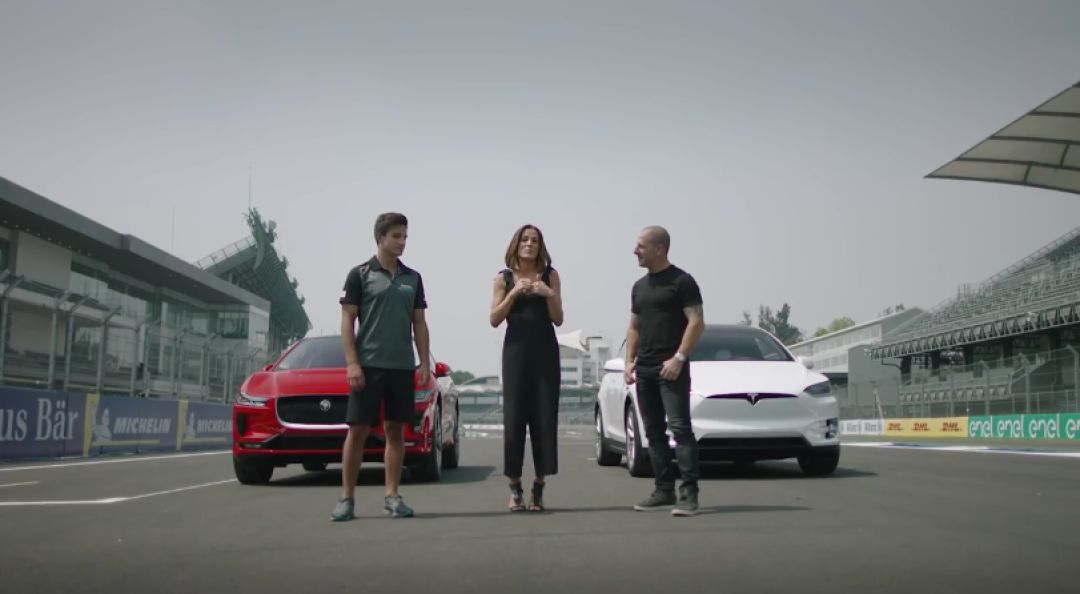
However, besides announcing the victory, the video content did not disclose the acceleration time of the two models in the competition. Let’s take a look at the official parameters: I-PACE has 0-100 km/h acceleration time of 4.8 seconds, Model X 75D has 0-100 km/h acceleration time of 5.2 seconds, and Model X 100D has 0-100km/h acceleration time of 4.9 seconds.
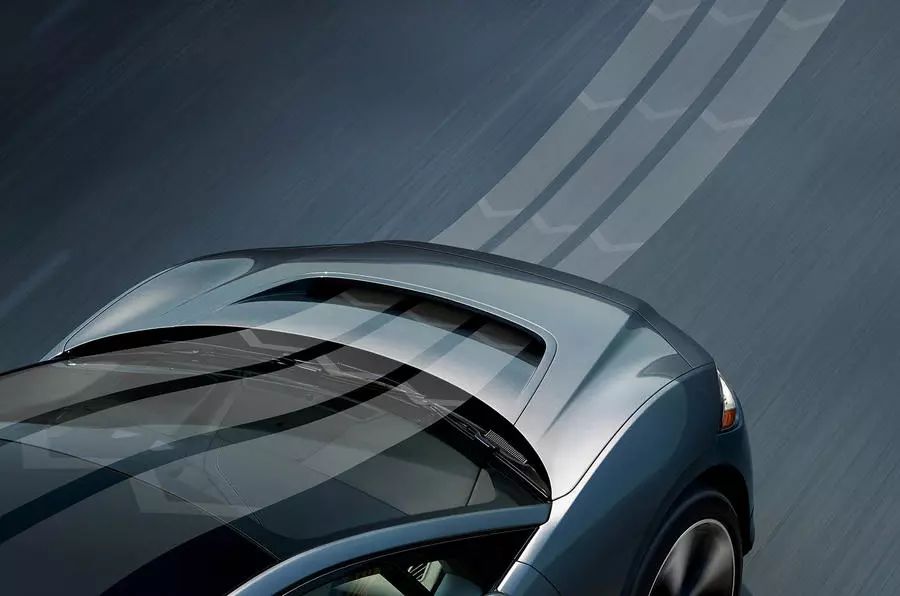
Well, you won.
The Model X P100D, which was not invited to participate, remained silent and clocked in at 3.1 seconds.
Under a YouTube video’s comments section, there was a reply with many likes that said, “Elon Musk’s goal is to accelerate the world’s transition to electric cars. No matter how you compete, Elon Musk is the winner.”
This sentence is simply omnipotent. If you make an electric car, Musk wins. Tesla fans are really not easy to mess with.
However, Jaguar fans did not buy into this. At an I-PACE event, Jaguar specifically mentioned that they were in a “capacity paradise” (compared with Musk’s previous comments about “capacity hell”), which was criticized by some fans. Can’t they just focus on themselves?
Indeed, when the Volkswagen family was focusing on concept cars, Jaguar had already produced a pure electric car with a range of 500 kilometers (NEDC standard). Moreover, Jaguar announced the official start of sales. No matter how you say it, it can be regarded as the first pure electric luxury car model created by a traditional luxury brand in the mainstream car model range.
Sorry, the adjective is a bit long.Why not mention the BMW i series? Because the previous i series treated electric cars as a special species, rather than developing them as popular consumer models. Please refer to our previous article on the BMW electric vehicle plan.
For consumers, a range of 500 kilometers is a truly attractive option when considering an electric car. Let us congratulate the electric car for entering the real era.
Now, let’s talk about three main features of the I-PACE.
A car that is similar in length to Model 3, yet has a longer wheelbase than Model X
42Garage posted a comparison picture on Weibo showing the I-PACE and Model 3 front trunks. It made everyone laugh.
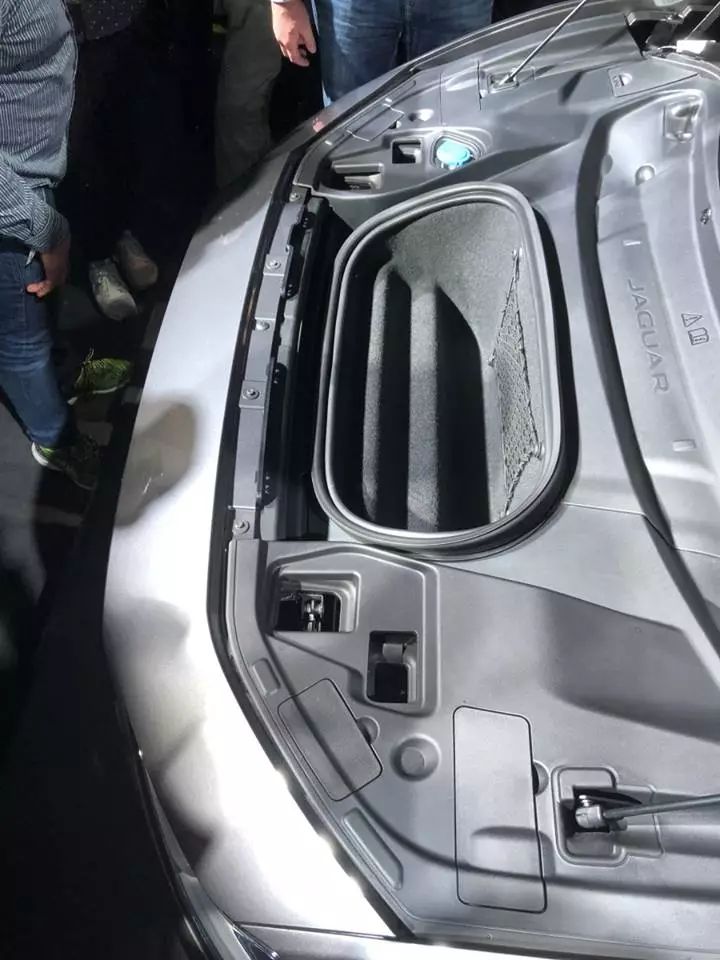
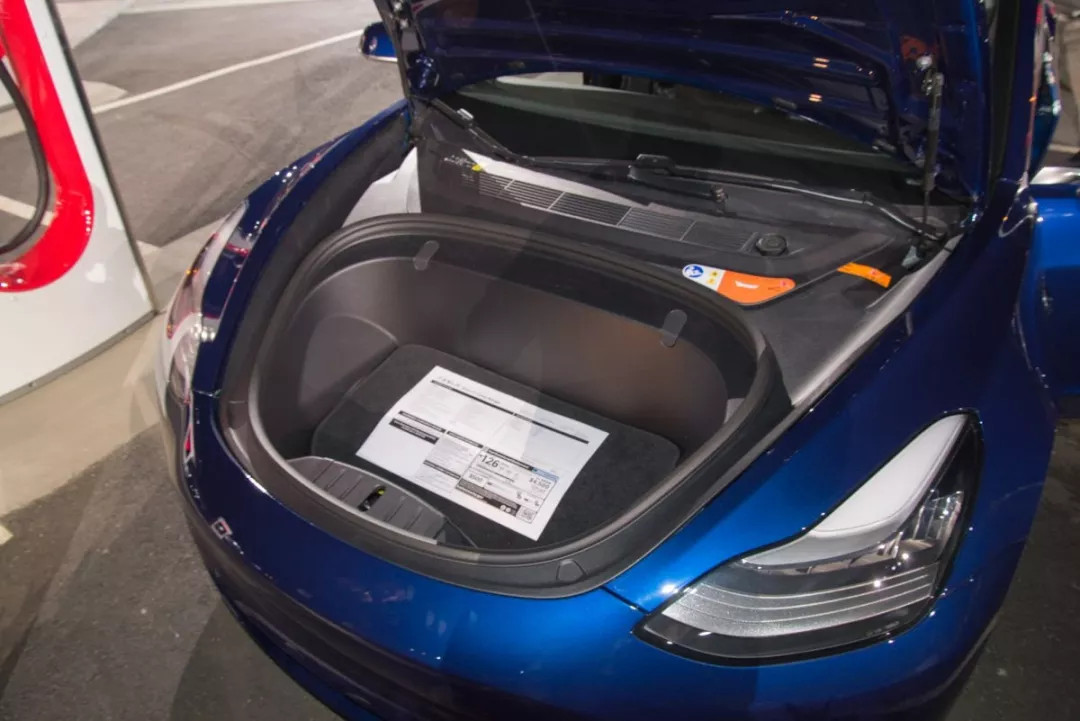
In fact, the intention was not to mock the I-PACE. As a special feature of electric cars, the front trunk is an additional space benefit for vehicle owners, but it does not affect the core performance of the vehicle, nor does it cause trouble for daily use.
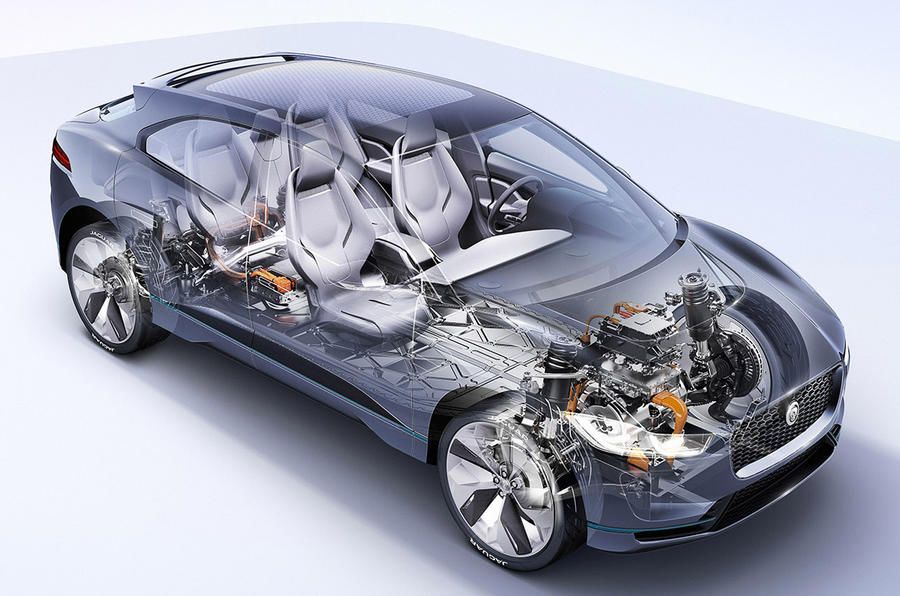
However, in this position, we can gain an interesting perspective on the space of the I-PACE, which is a car with a length of 4682 mm, comparable to the Model 3 (4694 mm), but with a wheelbase of 2990 mm, slightly larger than the Model X (2965 mm).
It is not that the I-PACE front trunk has a small volume, but that the wheelbase of the I-PACE is too long.The designer of I-PACE stated in an interview that the shortened front compartment was intended to create more space for passengers, and the overall position of the cabin was moved forward to provide an unobstructed field of vision.
This is a new advantage brought by electric car design as fewer components allow for more free space, resulting in vehicles that are more concise and efficient. Of course, it is also possible that the reason for the short front compartment is to accommodate more batteries between the two axles.
Let’s take a look at the visual comparison between I-PACE and Model 3 and Model X from the side.
Under the compact front trunk of I-PACE, there are two permanent magnet motors, inverters, and a single-speed gearbox. It is currently unknown whether there are any other space-occupying components.
One wonders if the design of electric car wheelbases will break the size rules of traditional car markets.
The first traditional luxury car worth competing with in terms of range, but fast charging only charges up to 80%.
There are a few controversies surrounding I-PACE’s battery. The first controversy is that the battery capacity displayed on the international website is 90 kWh, while it is 81 kWh on the domestic website.
Currently, there are two speculations. One is that I-PACE has changed its battery supplier in China, and the other is that the available capacity under the testing standard of the Ministry of Industry and Information Technology is being used as the label for the domestic battery capacity.
We often hear the claim that the actual capacity of many electric cars is lower than the capacity value marked on their product parameters. The actual available capacity refers to the fact that, in order to protect the battery and avoid extreme situations, only a part of the battery system’s power can be used through calibration.
Since the weight of the I-PACE’s body is consistent between China and overseas specifications, it seems difficult to reduce the battery capacity and maintain the weight parameter under different battery parameters by changing suppliers.
Therefore, the discussion about the testing standard of the Ministry of Industry and Information Technology may be more reliable.
The second controversy is that the I-PACE does not support three-phase AC charging. This issue has already sparked some small discussions on I-PACE’s overseas forums.
The maximum charging power for I-PACE’s slow charging is 7.4 kW, and it takes about 13.5 hours to fully charge as shown in the figure. The maximum support power for fast charging is 100 kW, and it takes 40 minutes to charge to 80%.
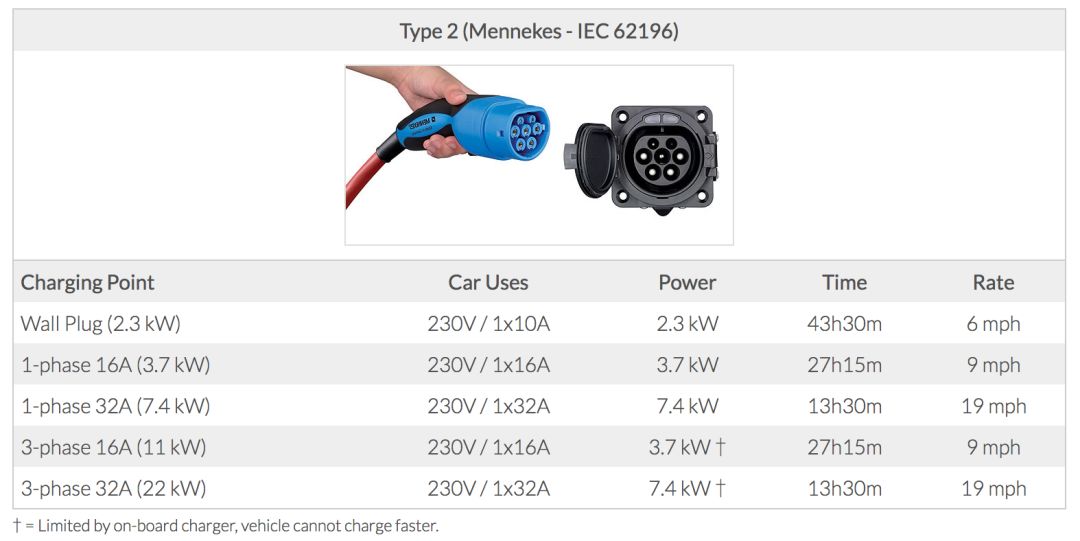
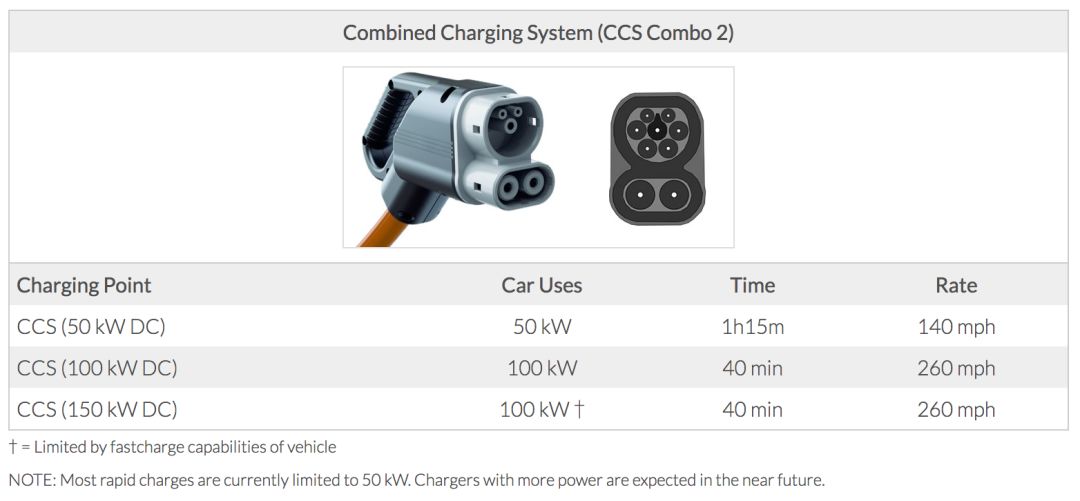
Currently, most home charging environments do not support three-phase AC charging. However, if you have this condition, the I-PACE can only obtain single-phase slow charging power. According to the consultation results of vehicle owners on overseas forums, the next I-PACE model will support three-phase AC charging.
The third controversy is that the value of 450 V and 125 A (from media interviews) for I-PACE may exceed most charging conditions.
In other words, although I-PACE can charge up to 80% in 40 minutes under fast charging conditions, it can only charge up to 80% under most charging conditions that do not exceed 400 V.To charge from 80% to 100%, it is recommended to use slow charging. TeslaTurk, a YouTuber, interviewed the host of the I-PACE launch event and confirmed this.
In most cases, it is recommended to maintain the charging limit at around 80% to avoid overcharging the battery.
Therefore, it can be seen that I-PACE made compromises due to some factors, sacrificing parts that you may not necessarily need, but can bring a sense of security.
We will continue to track this issue in the future.
The first Jaguar that does not feature autonomous driving but supports system OTA upgrade
As for the battery, it can be seen that I-PACE is a car that does not have any redundant performance. It is a simple car without any fancy concept.
After all, the most radical thing I-PACE can think of is a race with Tesla.
Meanwhile, other manufacturers have already reached from L3 to L5, fearing that they cannot carry the banner of the times.
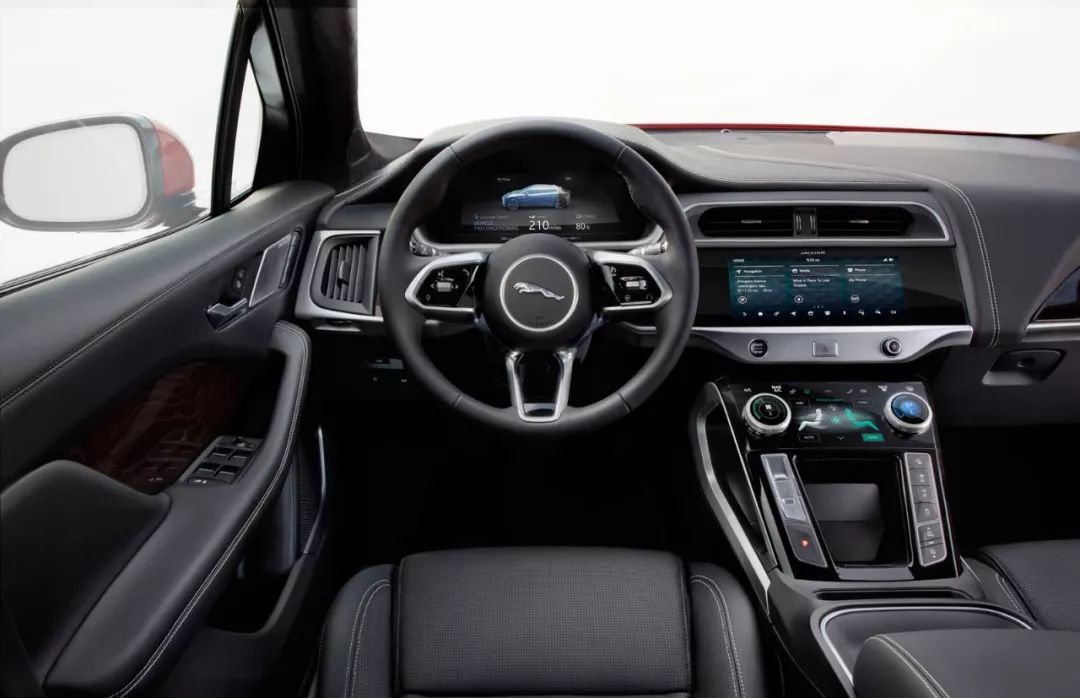
As shown in the picture, I-PACE has three screens, from the dashboard to the center console, and finally supports system OTA upgrades.
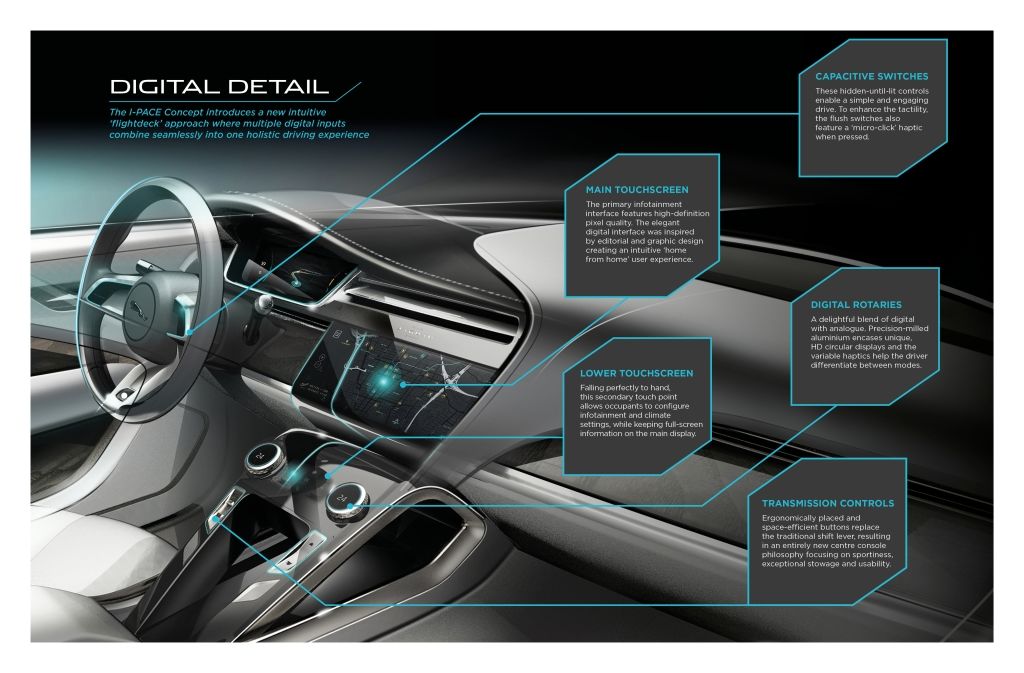
Since Tesla, we seem to have a rough judgment of the tech level a car has based on the number of buttons, and the remaining buttons have become the protagonist, becoming more complex and multifunctional, preferably with a touch of craftsmanship.
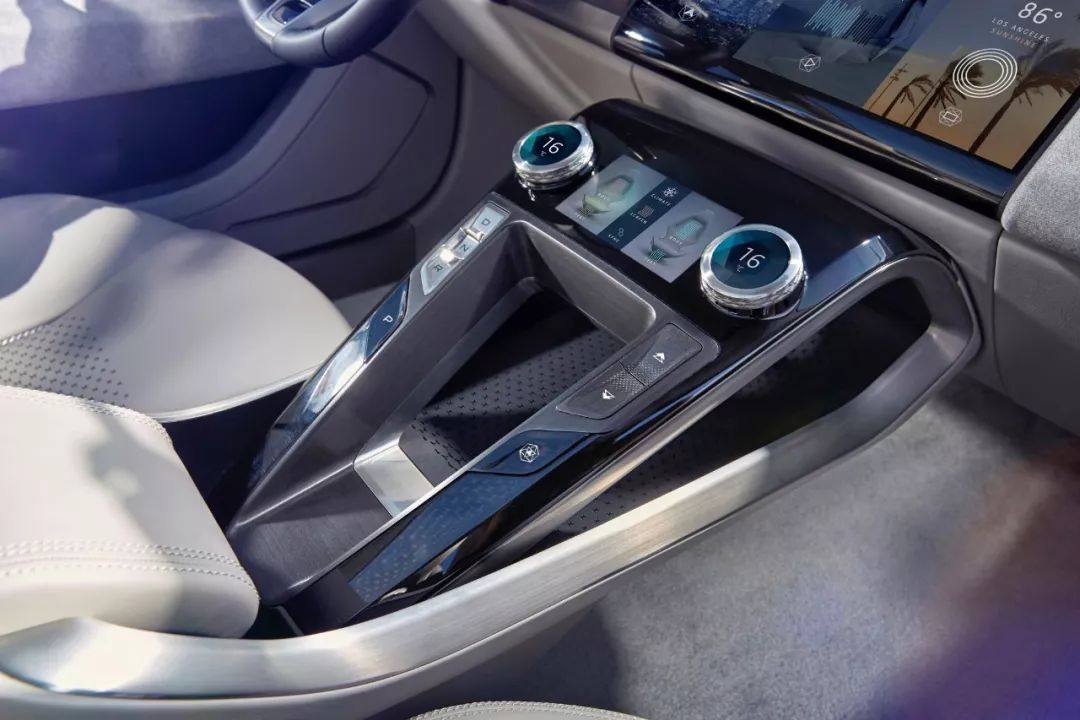
In official publicity materials, I-PACE does not seem to mention the support for Apple CarPlay and Android Auto, two large system mapping functions, but mentions that various applications optimized for vehicles, such as contact lists, calendars, and music players, can be controlled via the touchscreen in cooperation with InControl.
If it is not for developing functions on the vehicle’s native system, but only for adapting the mobile phone to the car’s screen, it may be more attractive to developers.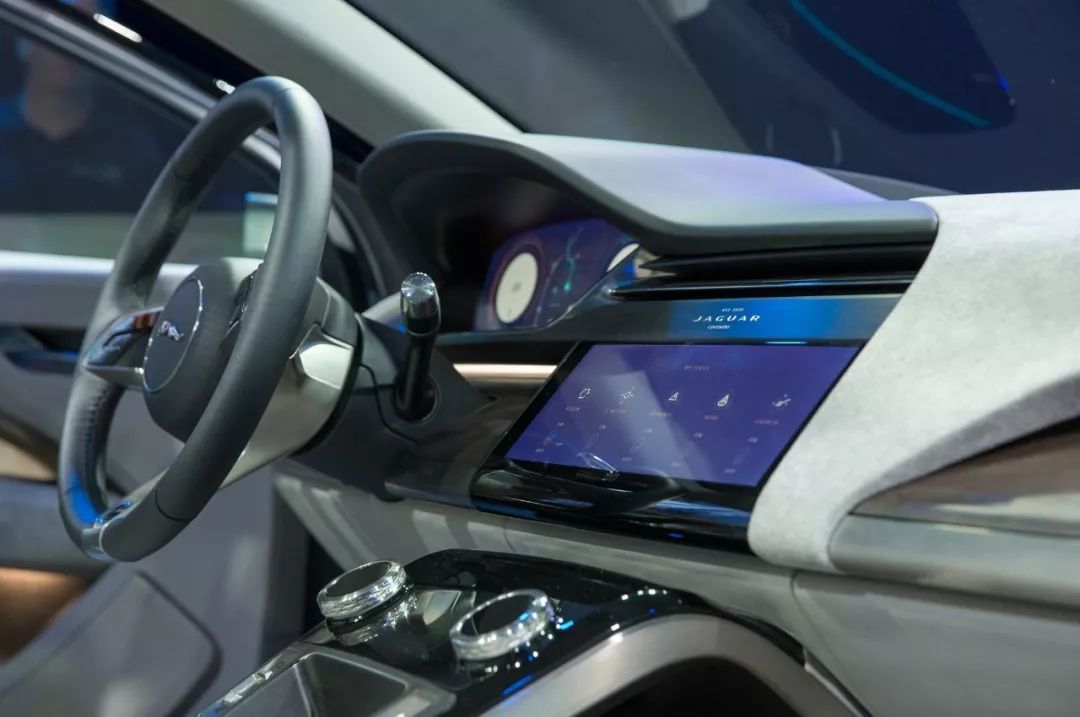
In addition, the I-PACE also supports voice assistants from Amazon and Google, remote management via mobile app, and provides a 4G hotspot that can connect up to eight devices, all in terms of vehicle technology attributes that are common for big companies.
What I am curious about is, after the I-PACE supports OTA, will it also provide hidden features?


“`
This article is a translation by ChatGPT of a Chinese report from 42HOW. If you have any questions about it, please email bd@42how.com.
